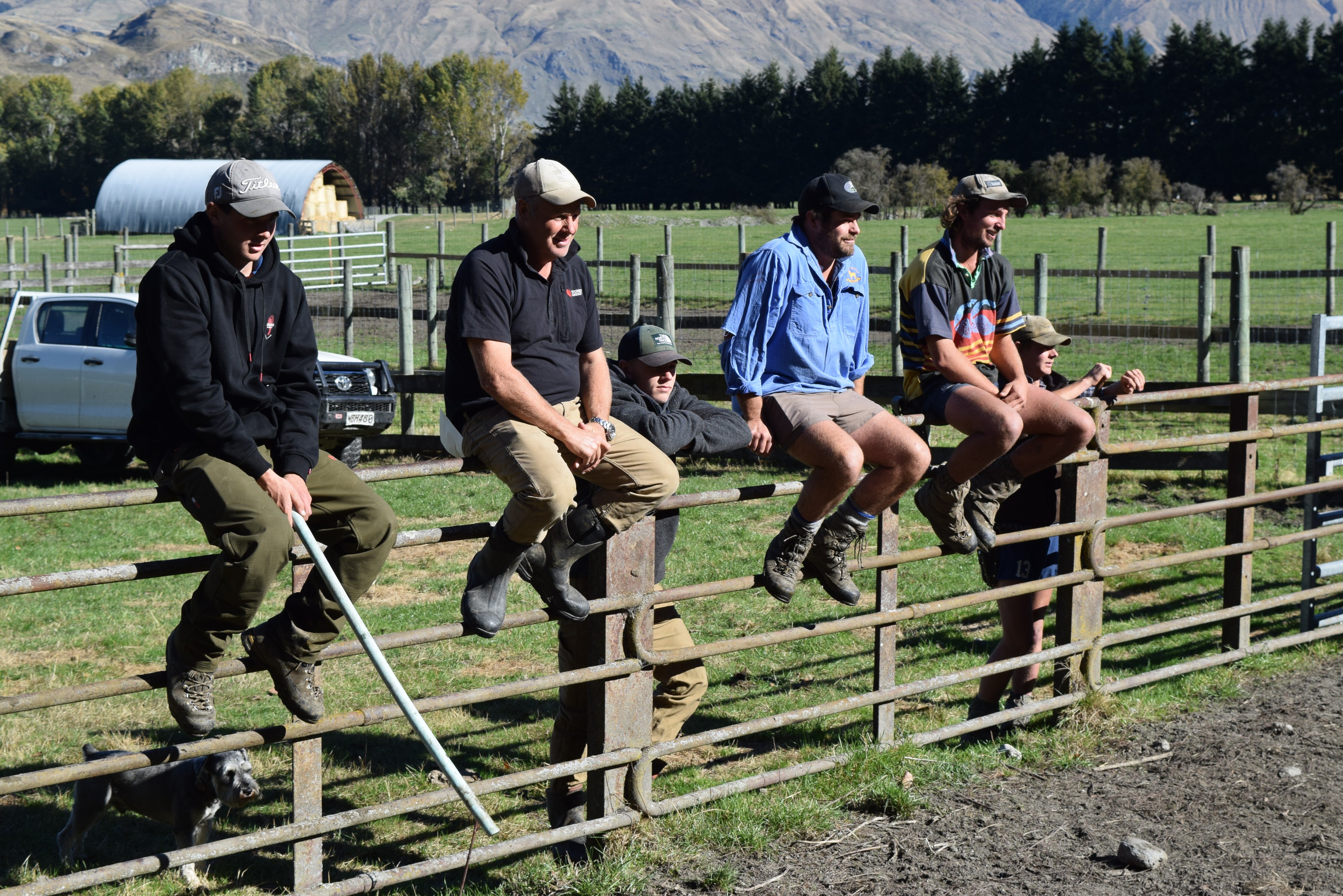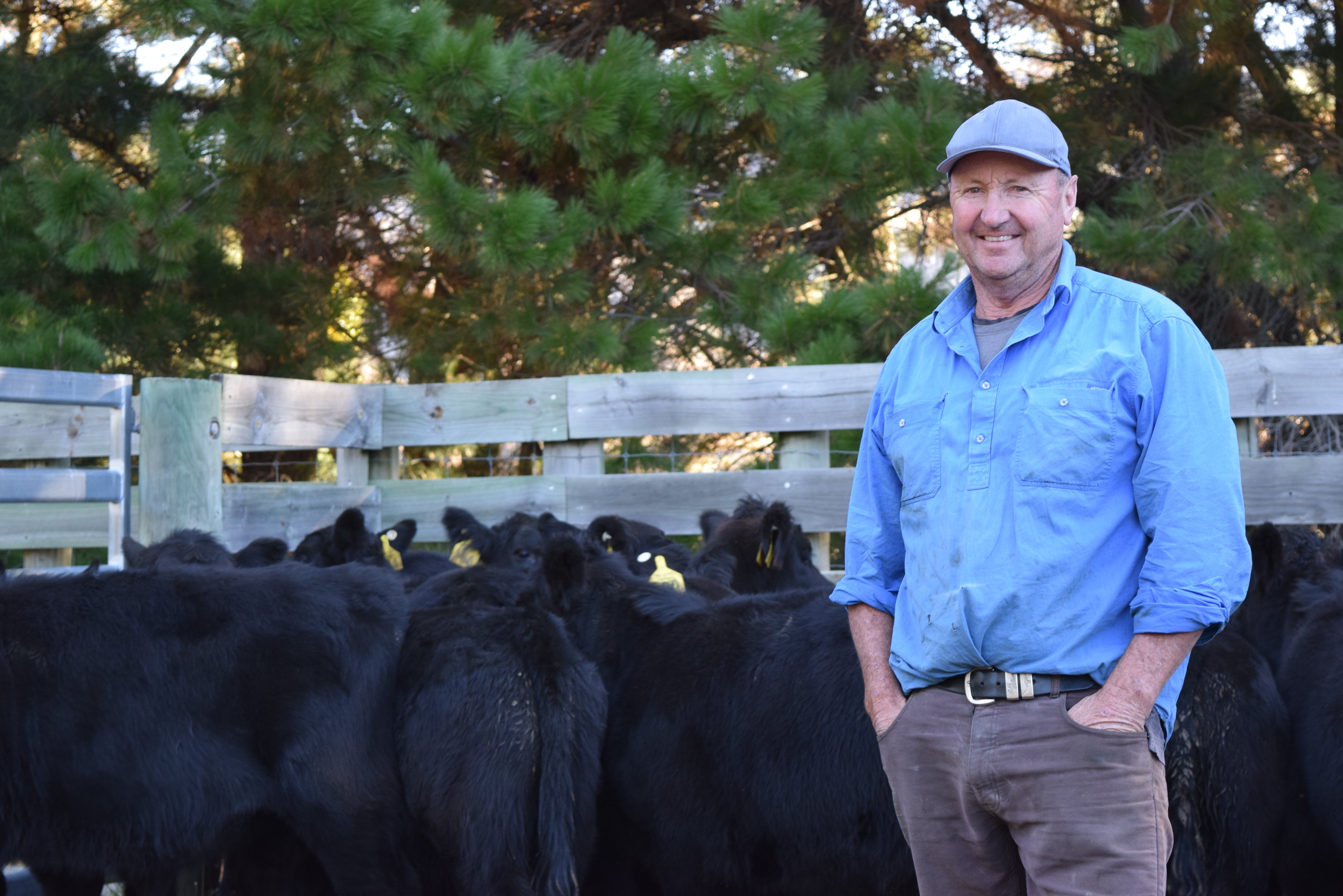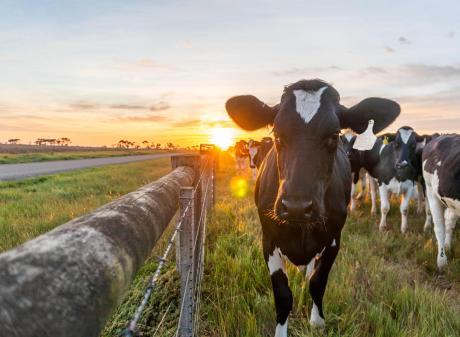
More buyers bet on black when bidding on Angus and Hereford calves at back-to-back sales at five stations in the Upper Clutha.
The first stop on the annual Upper Clutha On-Farm Calf Sale last week was Mt Aspiring Station.
The 2300ha station lies more than 40km northwest of Wanaka, where the Aspinall family have been farming for more than a century.
Mt Aspiring Station owner Randall Aspinall said he had been selling calves on-farm since Cromwell Saleyards closed in 2016.
All of the nearly 300 heifers and steers — a mix of Angus and Angus cross and Hereford — on offer sold.
"That was good — we are really happy — good prices," Mr Aspinall said after the sale.
The second stop was 5500ha Matukituki Station, about 10km on the road back towards Wanaka.
Matukituki Station manager James Stewart said he had more than 200 Angus and Angus cross steer calves on offer and all of them sold.
"I’m happy with that."
Prices were "well up" on last year, he said.

The third stop was 6500ha West Wanaka Station, which wraps around the southern end of the Buchanan Range on the western shore of Lake Wanaka.
West Wanaka Station owner James Cochrane said he had about 260 Angus and Angus cross steers, about 30 Hereford steers and 80 Angus and Angus cross heifers on offer.
He was happy with the number which sold considering feed supply was short in parts of the South.
"There’s not the local buyers around at the moment because of the feed situation but on a whole it went well — the steers sold well."
The heifers did not reach reserve price.
"We held on to the heifers and we will finish them ourselves."
The heifer market had been weakened by the feed shortage and Covid-19 disruptions making it harder to get cattle to the meat works.

Buyers travelled back to the road between Mt Aspiring and Wanaka for the fourth stop — the 4200ha Alpha Burn Station.
Alpha Burn Station owner Duncan McRae said he had 400 calves on offer at the sale.
About half were Hereford bull calves and the rest were Hereford heifer calves and Angus and Angus cross heifers.
Nearly all of the calves sold but prices were down on last year.
A cause for the price drop could be due to lack of feed around and a drop in the number of buyers from Southland.
"That was OK." he told Southern Rural Life after the sale, "I’ve sold most of them so that’s good."
The final stop was 2600ha Hillend Station, on Cardrona Valley Rd, about a five-minute drive from Wanaka.
At Hillend, calves were also on offer from Avalon Station, The Larches and Highlandburn Partnership.

All of his calves sold.
"We cleared the decks."
He was happy with the prices paid.
"It was a big lift on last year, so that’s really good."
Being the final farm on the sale route was risky because buyers might have spent their money before getting there.
"We don’t mind it but it’d be good to go first one day," he said.
PGG Wrightson Otago livestock manager John Duffy, of Alexandra, said Mr Scurr should not worry about his spot on the sale circuit as the prices fetched at Hillend Station were on par with other vendors.
"As long as the quality is there, the buyers will stay. It was the same crowd competing right to the end."
Angus and Angus cross steers had been the most sought after breed at the sale and for the calf sale season.

The top Angus and Angus cross steer calves sold for between $850 and $1000, medium calves sold for between $700 and $825 and younger calves sold for between $540 and $670.
The top Hereford steer calves sold between $800 and $825, medium calves for $740 and younger calves for $550.
The Hereford bull calves sold for $860.
The top Hereford heifers sold for between $350 and $650.
Angus and Angus cross heifers sold for between $380 and $660.
Most of the calves went to regular buyers from the Upper Clutha, Maniototo and Omakau.
Some calves went to farms in Southland and South Canterbury, he said.
"It was a good spread of buyers. The calves have a good reputation and people that have had them before always seem to want to come back and get them again."















